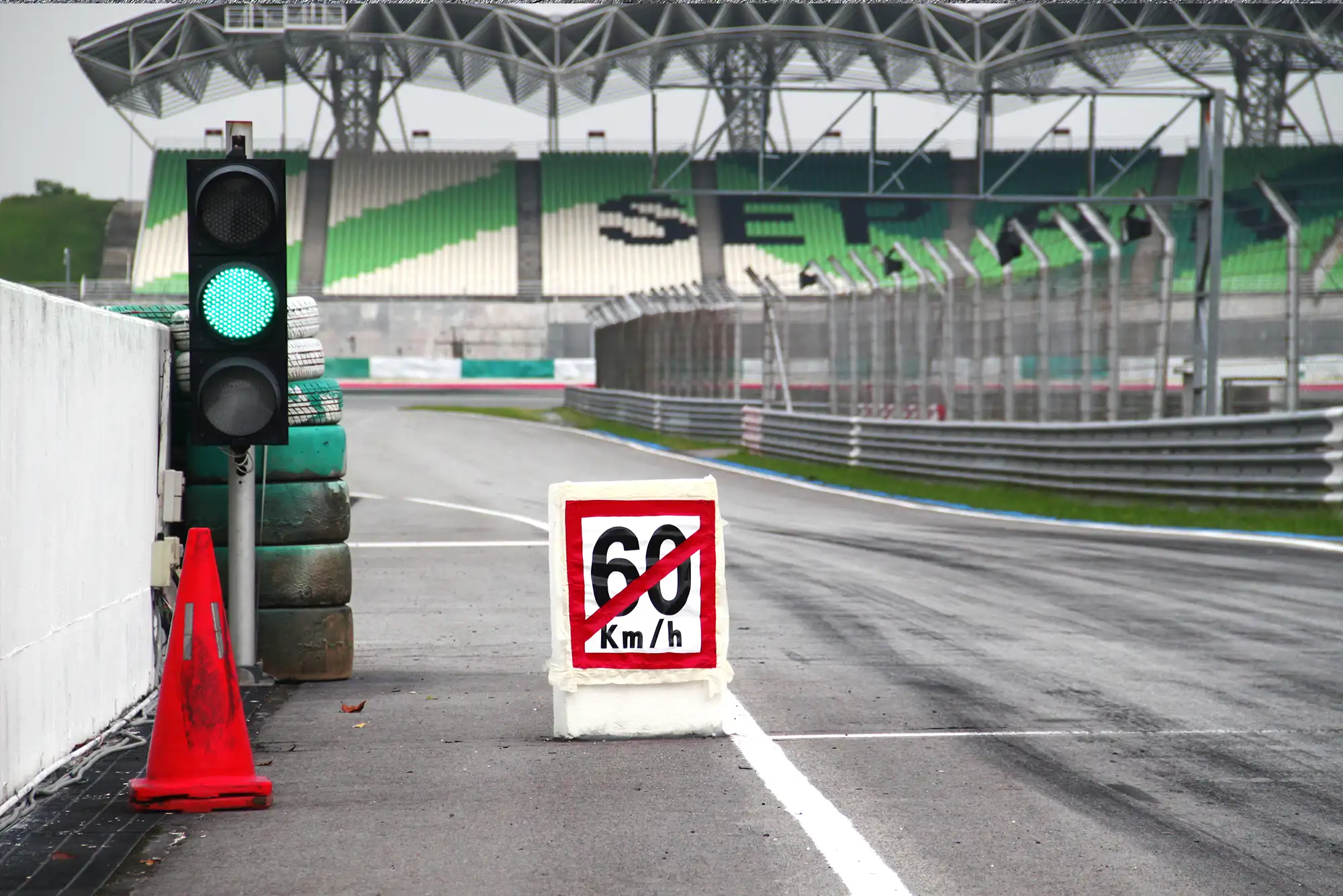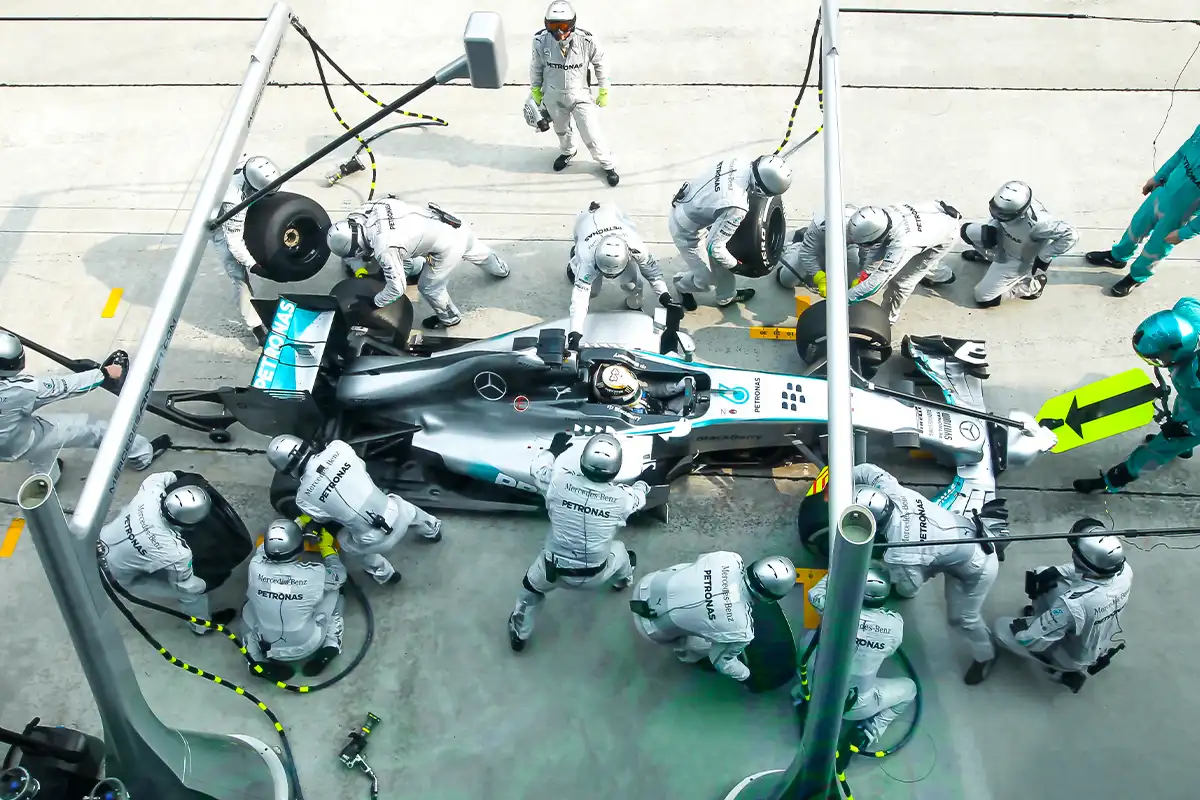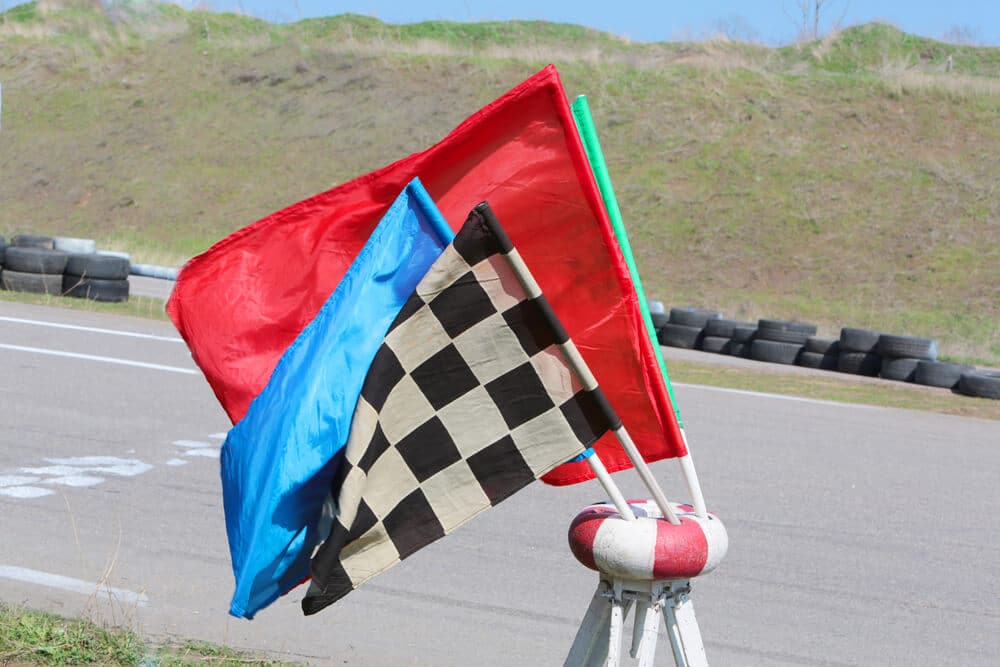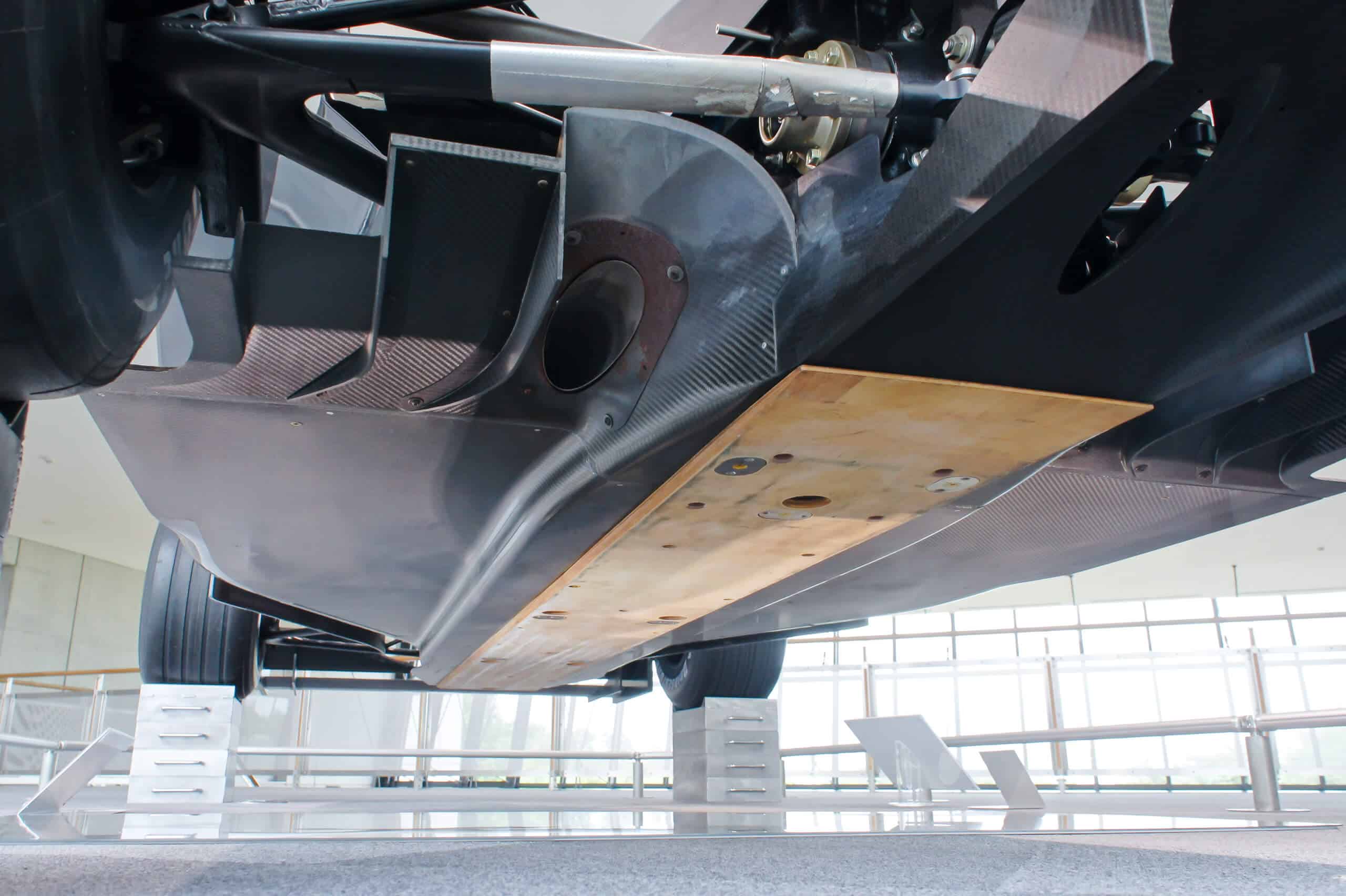Formula 1 is a complex sport with many rules and procedures that must be followed for the safety of drivers and spectators. While some rules may seem arbitrary or unnecessary, others are fundamental to the safe operation of race cars on track.
In this article, we will take a look at 15 of the most important rules in F1 racing.
Whether you’re a fan of the sport or just curious about what goes into making it run, these rules will give you a better understanding of Formula 1.
15 most important rules in Formula 1
To make F1 racing safe and fair, there are 15 important rules all teams must adhere to. These rules range from technical regulations such as car specifications to sporting regulations like flag signals and driver penalties.
Knowing these rules gives fans a better appreciation of the sport and helps them understand why certain decisions are made on the track.
1. The “One move” defending rule
This rule is designed to prevent drivers from making sudden moves or swerving in an attempt to block a rival.
Drivers must maintain their racing line and can only make one change of direction whilst defending their position on track. Violation of this rule can result in time penalties or disqualification.
2. 107% rule
The 107% rule in a Formula 1 is a regulation that requires each driver to set a lap time within 107% of the fastest qualifying time in order to be able to compete in the race. If a driver fails to do so, they will not be allowed to start the race.
3. Point given for fastest lap
This rule was introduced in 2019 as an incentive for drivers to push for the fastest lap times during races.
According to this rule, the driver who sets the fastest lap in the race will be awarded an extra point in the championship standings.
4. Grid penalty if a engine part is changed
This penalty is intended to limit the amount of spending on engine parts. It works by penalizing those who exceed the number of allowed engine (3 engines a year) components with a drop in grid positions.
This can significantly impact a team’s championship aspirations. Read more about grid penalties in F1.
5. Penalty if you are speeding in the pit lane
This penalty was introduced in the aftermath of tragic 1994 San Marino Grand Prix weekend. It is intended to keep drivers from taking unnecessary risks when entering and exiting the pit lane.
Any driver found speeding in the pit lane will be given a time penalty or disqualification. The average speed in the pit lane is limited to 60-80 km/h.
6. They must change tyre compounds in a race
This rule requires drivers to make at least one pit stop during a race and change their tires from one compound to another. It was introduced in 2021, with Pirelli deciding the number of tires supplied to each team for each event.
This is done to ensure safety and fairness on the track, while also adding a strategic element to the sport. Read more about what happens if a driver don’t pit in Formula 1.
7. Safety car line overtaking
The ‘Safety Car Line Overtaking’ rule in Formula One requires drivers to wait until they have passed a designated line before they can overtake each other following the safety car.
For the past few years, the safety car line has been further down the pit straight.
This changed in 2019, and now they must wait until they reach the start/finish line. By enforcing this rule, both safety and fairness on the track are maintained.
8. The team is “punished” if too successful
This rule was introduced in 2021 in order to close the competitive gap between teams and ensure fairness on the track.
It dictates that successful teams like Mercedes are allowed less wind tunnel testing time, while less successful teams such as Williams get more.
This regulation helps level the playing field and promote competitive racing in Formula 1.
9. HANS devices must be worn
This rule requires all Formula 1 drivers to wear a Head and Neck Support (HANS) device for their own safety.
This device works to reduce the risk of injury in the event of a crash and has already proven to save lives. All open-wheel racing series, such as Formula 1,
IndyCar, NASCAR, Formula E and Formula 3 require drivers to wear this device at all times.
10. Can’t race if they don’t participate in practice and qualifying
Not many Formula 1 fans are aware, but drivers must participate in the Saturday morning practice session to be eligible to compete in the race.
This rule has been introduced to ensure drivers have equal opportunity, while also promoting track safety because missing a practice session could limit their ability to be prepared for the race.
11. Lower budget ceiling
This rule was introduced in 2019 with the aim of bringing a level playing field to the sport. It places a limit on how much teams can spend on their cars, engines and personnel during the season.
The first budget cap was implemented in 2021 with a limit of $145 million, and this amount was scaled down to $140 million for 2022 and further reduced to $135 million for 2023.
12. The driver needs to be in control (no ABS, launch control, traction control etc)
There are a lot of safety systems used in regular road cars that are now banned from Formula 1, such as ABS, launch control, and traction control.
This rule requires drivers to be in full control of the car and removes any technological aids that could give them an advantage.
This brings a level playing field to the sport, making it more fair and allowing drivers to showcase their skills.
13. Don’t force a driver off the track
This overtaking rule states that drivers must not force their competitors off the track by making aggressive attacking moves.
This is often seen when a driver takes things too far while attempting to pass another on the track.
Violation of this rule can result in serious penalties and possible disqualification.
14. Blue flags must be obeyed
Blue flags are displayed in Formula 1 to alert a slower driver that they must move out of the way for faster cars behind them.
When drivers see blue flags, they must move off the racing line and allow faster cars to pass. It must be obeyed or the driver risks being penalized.
15. Don’t hold others up in qualifying
This rule is a bit different from the blue flag rule and is specific to qualifying. Drivers on out-laps or in-laps during qualifying must get out of the way of those behind them who are on their qualifying runs.
Failure to do so can result in a three-place grid penalty for the driver who held up the other car.




